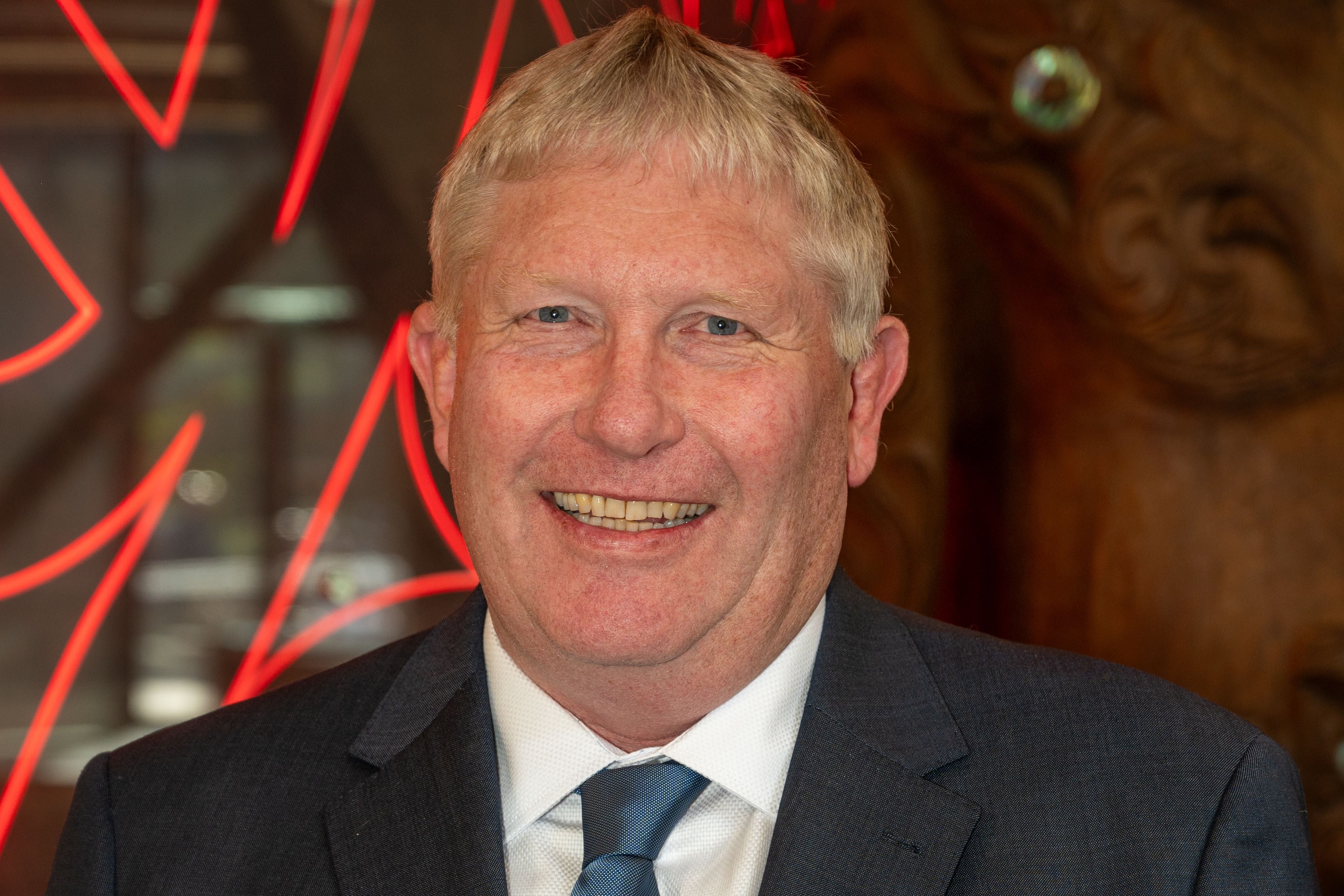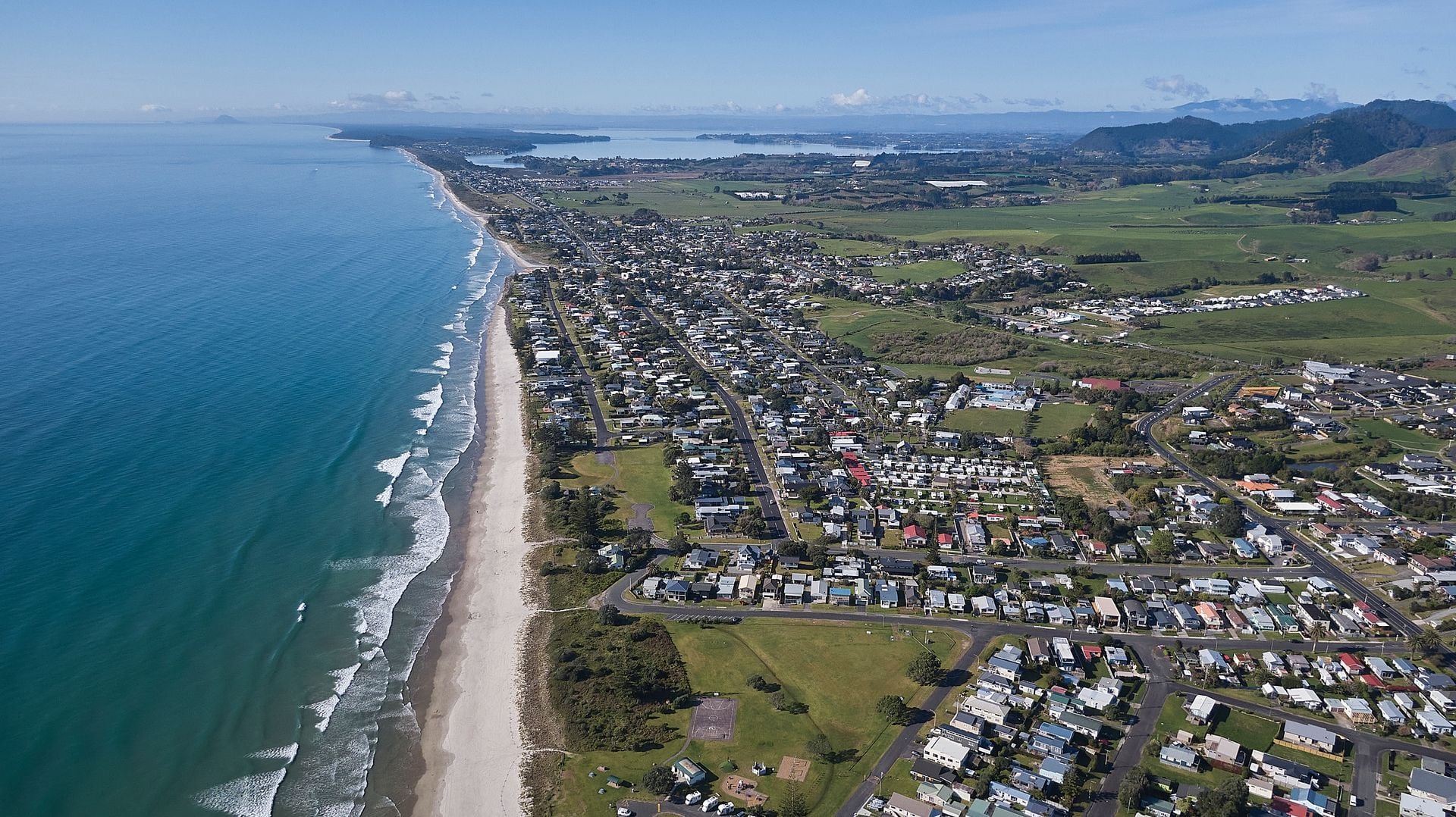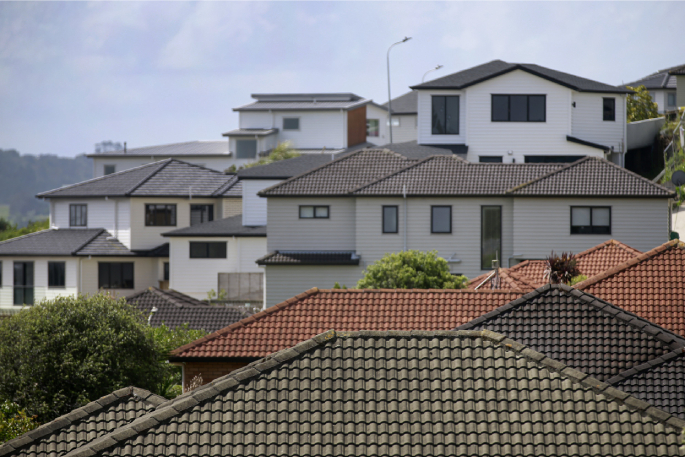The number of ghost homes is on the rise in Tauranga, but the city still has fewer empty houses than other areas in the region.
Tauranga Mayor Mahé Drysdale said Tauranga was facing a housing shortage and it was better to occupy current dwellings than build new ones.
“It’s a very hard problem to solve. We’re a very attractive place to come and holiday, and it’s probably a problem a number of councils around the country grapple with.”
Drysdale said he was keen to see if the council do anything about the empty homes in the future, but there were “other priorities right now”.
There were 2142 empty homes in Tauranga on Census night and 55,929 occupied homes, according to the 2023 Census.
At the 2018 Census, 51,057 were occupied and 1722 were empty. In 2023, 3.7% of homes were empty compared to 3.3% in 2018.

Tauranga Mayor Mahé Drysdale if you could occupy current homes, it was better than building new ones. Photo / Alex Cairns
The council has previously estimated Tauranga was short about 5000 homes and 2.8% of residents – more than 4000 – experience homelessness in some form.
Western Bay of Plenty has 1899 empty homes, which is 8.6% of housing stock. In Whakatāne there are 978 empty homes, 6.9% of houses.
The Bay of Plenty area with the largest percentage of empty homes is Ōpōtiki at 18.2% or 816 of its 3663 homes unoccupied. It also has the largest increase in empty homes — up from 10.6% in 2018.
Rotorua had 2124 empty homes (7.6% of homes), a 2.4% increase from 2018.
Kawerau district had 75 empty homes (3% of houses), down 3.5%.
The Census recorded 111,666 empty dwellings across the country, up from 97,842 in 2018. Another 113,499 properties had their residents away when the Census was conducted.
Tauranga has one of the lowest rates of unoccupied homes in the Bay of Plenty at 3.7%. Photo / Mead Norton
Tauranga City Council growth, research and analytics team leader Ayv Greenway was not concerned by the latest findings.
“[It] can be due to the nature of the property market as houses are built, renovated, sold, or tenanted.
“A number of dwellings particularly in coastal areas will likely be family baches.”
Greenway said the council was not aware of any problems with the empty homes unless they fell into disrepair.
If the percentage of empty dwellings increased significantly it could impact housing supply and affordability, he said.

Tauranga councillor Marten Rozeboom wants to understand the types of homes people in Tauranga want to live in future. Photo / David Hall
Tauranga councillor Marten Rozeboom said if people owned a home, it was their choice if they lived in it.
Rozeboom, chairman of the Vision, Planning, Growth and Environment Committee, which deals with housing supply, wanted to understand why the homes were empty.
He said it could be because people were renovating, they didn’t want to or couldn’t afford to comply with the healthy home standards for rentals, or other reasons.
One thing he wanted to achieve as chairman was to find out what type of home people wanted to buy because the “days of the quarter-acre section had disappeared”.
“I would definitely like a broader community discussion around how we want to live going forward.”
Understanding this would help with infrastructure planning, he said.
Western Bay of Plenty District Council environmental planning manager Natalie Rutland said the number of unoccupied dwellings remained steady in the district and 0.3% was not a significant increase in five years.

Waihī Beach has the highest ratio of unoccupied homes in the Western Bay of Plenty district. Photo / George Novak
There were higher rates of unoccupied homes in the holiday settlements of Waihī Beach and Bowentown at 55%, Pukehina Beach was 49%, Maketu with 20% and Athenree at 24%.
The ratio of unoccupied homes remained consistent in rural areas and urban centres across the rohe, Rutland said.
Te Puke made gains in occupancy, going from 10% unoccupied in 2018 to 6% in 2023, and Maketu shifted from 25% to 20%, she said.
This demonstrated a demand for more permanent housing in the eastern areas.
The council’s focus was on fostering housing growth and facilitating new building consents, she said.
Housing Minister Chris Bishop said the way to improve housing affordability was to boost the supply of houses.
“That is why the Government is focused on the fundamentals of our housing market — opening up land for houses to allow our cities to grow up and out, fixing infrastructure funding and financing, and helping councils with growth.”
LDR is local body journalism co-funded by RNZ and NZ On Air.




1 comment
Hmmm
Posted on 17-10-2024 09:33 | By Let's get real
The weekend Bach is not a new concept... It's how the Mount was first established, for goodness sake.
All of our coastal regions are being targeted by retirees and soon to become retirees, who want a nice place to live away from the city or former work environment. My guess would be that in the next ten years or so, these "empty" homes will be full time residential and some twerp in a suit can claim to have changed the residential environment.
We keep giving in to lifestyle groups that have selfish attitudes towards how far they are willing to go for their selfish pleasures. Build houses on golf courses, racetracks and speedway tracks and move those recreational activities to the tect park. We don't NEED four golf courses in town.
Leave a Comment
You must be logged in to make a comment.